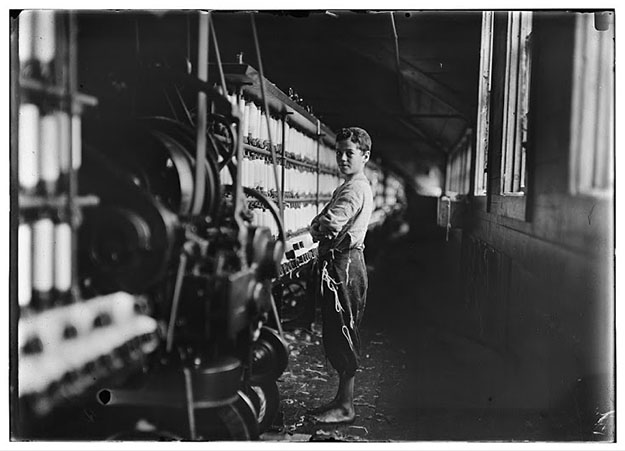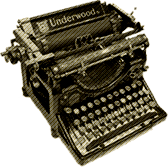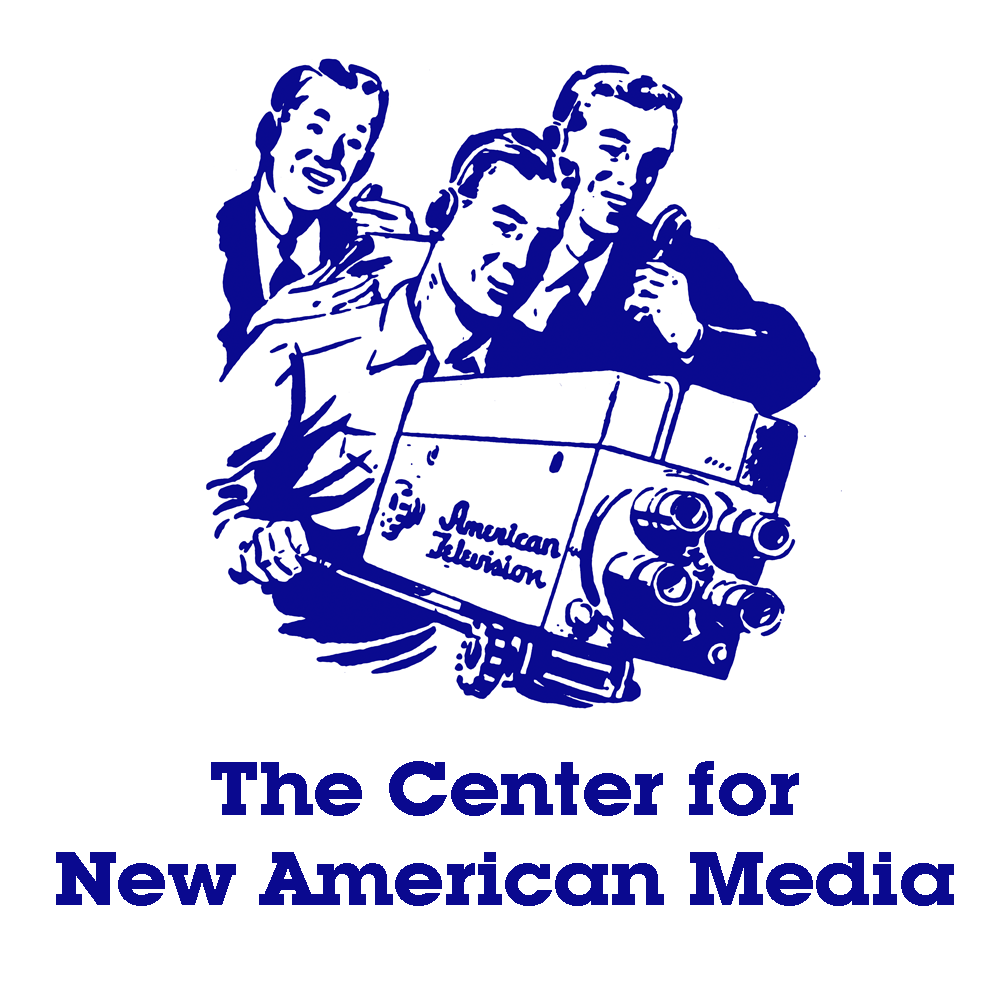Past Present and America
By Warren Goldstein, Ph.D.Professor of History
University of Hartford

Photo Source: Library of Congress
Past/Present takes place in an America smack in the middle of a gigantic industrial, demographic, and cultural revolution. In a world dominated by the ever-present threat of financial panics, recessions, and depressions; dangerous new technology; and massive, often violent battles between employers and workers, most Americans lived lives filled with risk and danger, in which some nevertheless caught glimpses of new opportunities for themselves and their families.
The industrial revolution created the wealthiest corporations - and businessmen - ever seen, which relied on a new nationwide reservoir of unskilled and semiskilled industrial workers, fed by the flood of immigrants mostly from Southern and Eastern Europe.
Despite this enormous industrial boom, the three decades before Walter's and Anna's stories intersected at the Boylston Mills also saw a series of economic downturns (busts, historians call them) - 1873-79, 1882-85, 1887-88, 1890-91, 1893-97, 1902-1904 - that threw countless millions out of work at a time when there were no social safety nets, and private charity was rare. In 1907, a year after we leave Anna and Walter, the entire U.S. banking system nearly collapsed. As the industrial revolution created both great wealth and great poverty, the gap between the richest and poorest Americans accelerated throughout the late 1800s and early 1900s.
The breakneck pace of Industrialization, rampant corruption throughout all levels of government, and a complete lack of government safety regulations led to tens of thousands of fatal industrial accidents each year. You can see how easy it would be for Anna to injure herself trying to keep all her machines going at a profitable pace. A year earlier, in March 1905, a boiler explosion and fire at the R. B. Grover Shoe Factory in Brockton, Massachusetts, perhaps not far from Eureka Falls, killed 58 workers and injured 150. On September 11th, that same year, a train on New York City's Ninth Avenue elevated railroad derailed, killing 19 and seriously injuring 48. And most famously, five years later, in 1911, the Triangle Shirtwaist Factory Fire killed 146 workers, mostly women, and injured 71.
Workers fought back against constant efforts by employers to lower wages and speed up the workpace, just as Anna's boss does. Many tried to join unions and negotiate for better wages and working conditions. But employers did not have to recognize unions, had the legal right to fire workers for any reason they pleased, including union activity, and used their local influence with police, local merchants, and politicians to pressure workers into staying away from unions.
These dramatically opposed ways of viewing the industrial world led to literally thousands of labor disputes and strikes, many of them violent. Employers often called on law enforcement - local and state militias, as well as police and private detectives - to put down strikes; when the strikes grew too big for local law enforcement, as in the great railroad strike of 1877, or the Pullman Strike of 1894, Presidents ordered U.S. Army troops to break the strikes and 'restore order' on behalf of industrial corporations. Thirty workers died during the Pullman strike; nearly twice that many were wounded.
Anna and Walter might not have known about that conflict, since Anna was a girl in Italy and Walter was barely out of his teens, but both would have heard about the month long battle in Chicago between employers and clothing workers and teamsters (workers who transported goods and people around the city) - that killed 21 and injured over 400. Walter and Mr. Boylston would surely have worried about the creation of the radical Industrial Workers of the World union in 1905 - as would the handsome union organizer Tony Biancardi - as well as about that bomb that year that killed the former governor of Idaho, leading to a famous trial of union leaders.
In other words, workers faced almost insurmountable odds as they sought protections for themselves and their families. The remarkable thing about this period is that it has come down to us through generations of history teachers as the era of "laissez faire," the French term meaning, basically, hands off: that the federal government let business do whatever it wanted. In fact, for most of this period, the state and national government intervened actively - regularly, consistently, and at times violently - on the side of employers. Government gave hundreds of millions of acres of public lands to railroad corporations, along with tax breaks totalling many millions. President Grover Cleveland's Attorney General Richard Olney, a former railroad lawyer, pioneered the use of the "labor injunction" - a legal tool forcing strikers back to work. The forces of "law and order," from municipal police to state militias, to the U.S. Army, protected employers and aimed their batons and firearms at workers and their supporters.
Federal courts ruled in favor of employers when legislatures or state courts tried to create protections for workers. In one of the most famous cases of the entire era, Lochner v. New York (1905), the Supreme Court threw out a New York State law limiting the number of hours a baker could work each day, to ten, and weekly, to sixty, on the grounds that it interfered with the individual's liberty to make a contract with his employer.
This is one way of viewing the historical backdrop for the Boylston Mill's troubles and for the individual choices and struggles that confront Walter and Anna in the game. Anyone could get carried off by the flu, as Anna's father was, though it is true that the poor were more likely to die from disease than the better-nourished rich who lived in healthier neighborhoods. Businesses could fail overnight in the middle of a financial panic, or be made obsolete by a new piece of machinery. Walter rarely had to worry about whether he would eat every day, the way Anna worried about her mother and brothers, but his anxieties about his bank account, paying the mortgage on his new house, whether to join his rich friend in a real estate scheme, and how to help his wife gain more social respectability were real, and gnawed at him every day.
Workers like Anna and Sophie often lost positions when a new piece of machinery could take over their work. They also got fired for speaking up to an abusive or overly familiar foreman, whispering about the union, or getting injured on the job.
But the game also lets us see some of the opportunities that motivated Walter and Anna - beyond wanting to keep their jobs. Anna confides to Sophie her hope that America had the promise of freedom, the possibility that she won't always be working for a factory boss. And Walter is trying to take advantage of the entrepreneurial freedom that so many Americans valued then and still treasure. Both Anna and Walter's wife Elizabeth are tempted by the newly available consumer goods made available by the mass production of the industrial revolution. A hundred years earlier, these would only have been available to the wealthiest Americans. We are seeing, in Eureka Falls, the birth of the modern consumer society. Walter's friend Boylston spends his money on a fancy car and pushes Walter to buy a Victrola, the 1906 equivalent of the iPod.
In their different ways, all of the characters in Past/Present are struggling to create their own versions of the American dream of opportunity, success, and freedom. How well do you think they do?
Download a PDF copy of Past Present and America.




